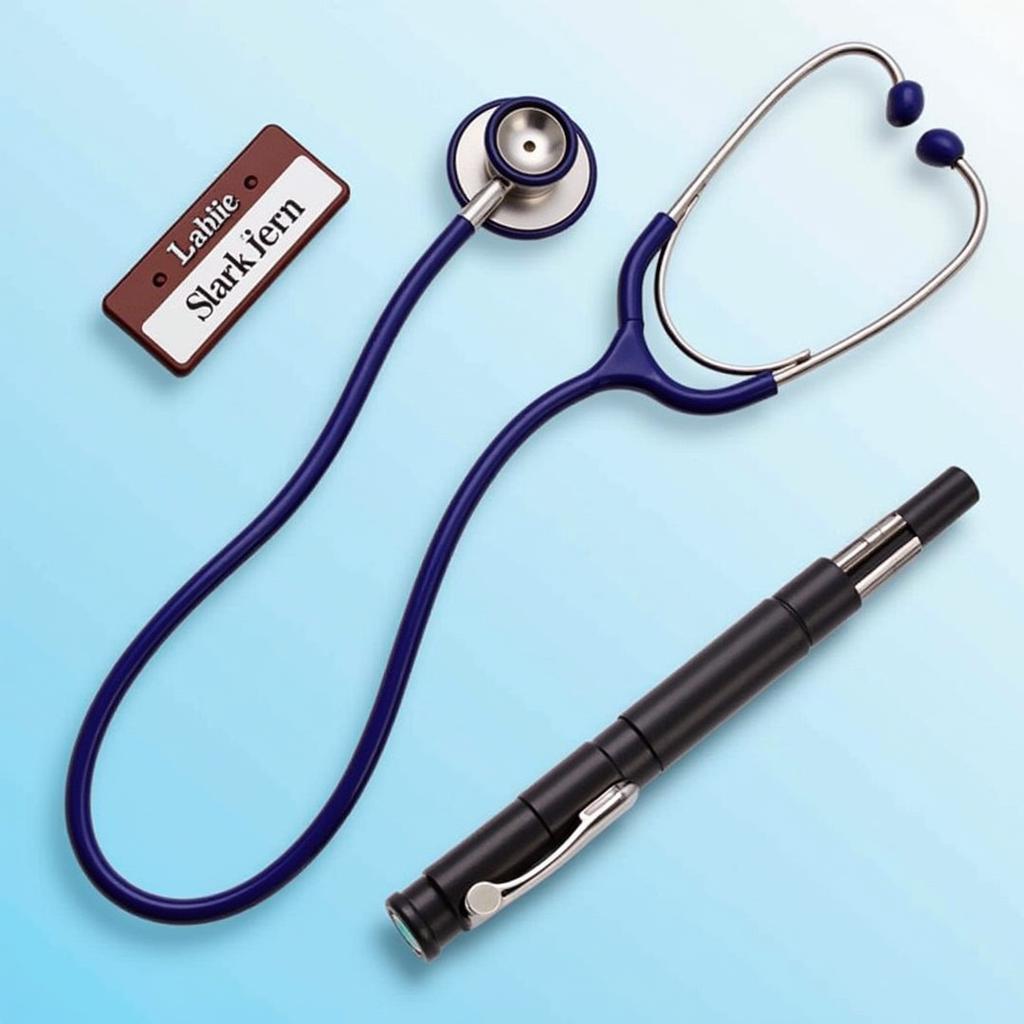Veterinarian Uniform: A Comprehensive Guide
November 25, 2024Veterinarian Uniforms are an essential part of the profession, blending functionality, professionalism, and comfort. They play a crucial role in maintaining hygiene, protecting veterinarians from potential hazards, and projecting a credible image to clients. This guide will delve into the various aspects of veterinarian uniforms, from the different types available to choosing the right fit and maintaining them properly.
Types of Veterinarian Uniforms
Veterinarian uniforms come in various styles, each catering to different needs and preferences. The most common types include scrubs, lab coats, and coveralls.
-
Scrubs: Scrubs are the most popular choice due to their comfort, durability, and ease of maintenance. They are typically made from a blend of cotton and polyester, making them breathable and resistant to wrinkles and stains. Scrubs come in a wide array of colors and styles, allowing veterinarians to express their personal style while maintaining a professional appearance.
 Veterinarian Scrubs in Different Colors and Styles
Veterinarian Scrubs in Different Colors and Styles -
Lab Coats: Lab coats offer an additional layer of protection over scrubs, shielding veterinarians from spills, splashes, and animal dander. They are usually white or light-colored, contributing to a professional and sterile image. Lab coats can be easily removed and laundered, further enhancing hygiene standards. They are particularly useful during procedures that involve a high risk of exposure to bodily fluids or hazardous substances.
-
Coveralls: Coveralls provide full-body protection, making them ideal for situations that require extensive coverage, such as surgeries or handling animals with infectious diseases. They are usually made from durable, waterproof materials that are easy to clean and disinfect.
Choosing the Right Veterinarian Uniform
Choosing the right veterinarian uniform involves considering several factors, including functionality, comfort, and personal style.
-
Functionality: The type of work performed should dictate the choice of uniform. For instance, surgeons may prefer coveralls for maximum protection, while those working in general practice might find scrubs more comfortable and practical.
-
Comfort: Long hours on the job require comfortable attire. Choosing breathable fabrics and appropriate sizing is essential for ensuring ease of movement and preventing discomfort.
-
Personal Style: While maintaining professionalism, veterinarians can still express their individuality through color choices, patterns, and accessories.
Maintaining Your Veterinarian Uniform
Proper maintenance ensures the longevity and effectiveness of veterinarian uniforms.
-
Regular Washing: Frequent washing is crucial for maintaining hygiene and preventing the spread of germs. Following manufacturer instructions regarding washing temperature and detergents is recommended.
-
Stain Removal: Prompt treatment of stains is essential to prevent them from setting. Using appropriate stain removers and pre-soaking heavily soiled items can help maintain the appearance of the uniform.
-
Ironing and Storage: Ironing helps restore a crisp, professional look to the uniform. Proper storage, preferably hanging, prevents wrinkles and keeps the uniform looking neat.
FAQs about Veterinarian Uniforms
- What is the best fabric for veterinarian scrubs? Breathable, durable fabrics like a cotton-polyester blend are ideal.
- Are there specific color requirements for veterinarian uniforms? While there are no strict color rules, many clinics prefer lighter colors for a clean and professional look.
- How often should veterinarian uniforms be washed? Ideally, after each shift or when visibly soiled.
- Where can I purchase veterinarian uniforms? Scrubs, lab coats, and coveralls can be purchased from specialized medical uniform stores or online retailers.
- Can I personalize my veterinarian uniform? Yes, adding embroidery or name tags is a common way to personalize uniforms while maintaining professionalism.
- What are the benefits of wearing a lab coat over scrubs? Lab coats provide an extra layer of protection against spills and animal dander.
- Are coveralls necessary for all veterinary procedures? No, coveralls are typically reserved for situations requiring full-body protection, like surgeries or handling infectious animals.
Conclusion
Veterinarian uniforms are more than just clothing; they are a symbol of professionalism, hygiene, and dedication to animal care. Choosing the right uniform and maintaining it properly are essential aspects of ensuring both comfort and functionality.  Veterinarian Uniform Accessories like Stethoscopes and Name Tags By understanding the various aspects of veterinarian uniforms, professionals can make informed decisions that contribute to their well-being and enhance their practice. For any inquiries or assistance regarding veterinarian uniforms, feel free to contact us. Phone Number: 0915117113, Email: [email protected] Or visit us at: Tổ 3 Kp Bình An, Phú Thương, Việt Nam, Bình Phước 830000, Việt Nam. We have a 24/7 customer support team.
Veterinarian Uniform Accessories like Stethoscopes and Name Tags By understanding the various aspects of veterinarian uniforms, professionals can make informed decisions that contribute to their well-being and enhance their practice. For any inquiries or assistance regarding veterinarian uniforms, feel free to contact us. Phone Number: 0915117113, Email: [email protected] Or visit us at: Tổ 3 Kp Bình An, Phú Thương, Việt Nam, Bình Phước 830000, Việt Nam. We have a 24/7 customer support team.
Suggested readings:
- Choosing the Right Shoes for Veterinarians.
- Best Practices for Maintaining a Sterile Environment in a Veterinary Clinic.
For further assistance, please contact us.